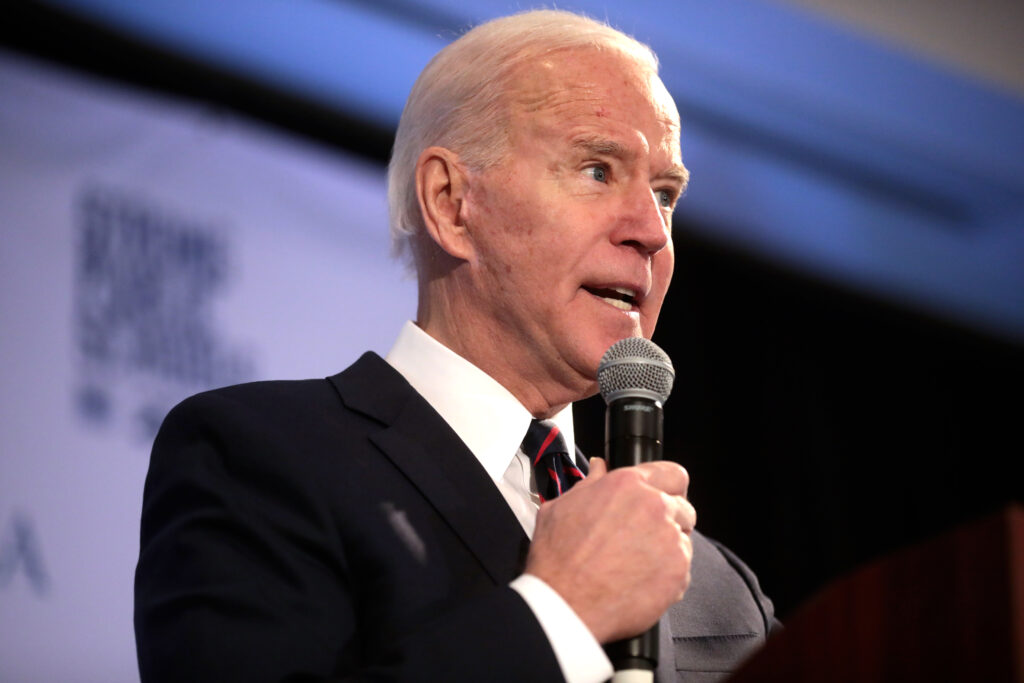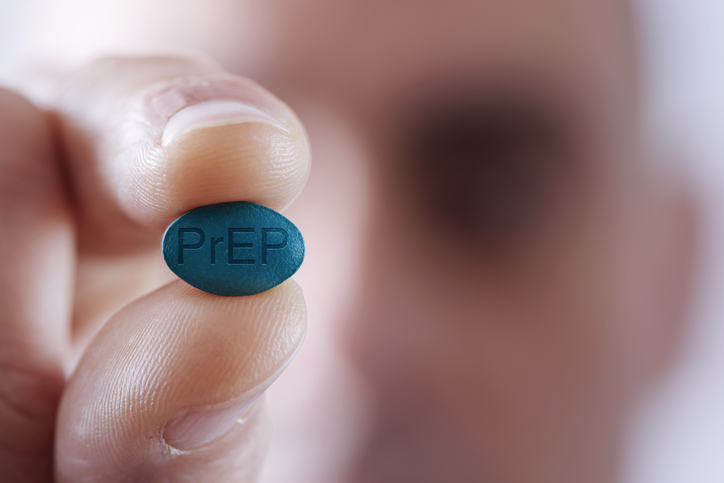Vaccination to prevent viral and bacterial diseases is modern medicine’s most cost-effective intervention. Were a vaccine to be available quickly after the onset of the widely predicted pandemic from an H5N1 strain of avian influenza, for example, it might save scores of millions of lives worldwide–but that’s not now feasible.
Congress and the federal government’s executive branch have ensured low returns on investment and high exposure to legal liability for producers of vaccines. The predictable result: U.S. vaccine research, development, and production have been decimated.
Underpriced, Over-Regulated
The Vaccines for Children Program, a do-gooder innovation of the Clinton administration, disrupted market forces and dealt a blow to vaccine producers. Established in 1994, it created a single-buyer system for children’s vaccines, making the government by far the largest purchaser of childhood vaccines–at a mandated discount of 50 percent.
Arbitrary and excessive regulation is another obstacle. The highly risk-averse U.S. Food and Drug Administration (FDA) has been especially tough on vaccines. The agency has rejected evidence of safety and efficacy from European and Canadian vaccine approvals; prematurely withdrawn life-saving products from the market because of mere perceptions of risk; and set the bar for the testing of new vaccines almost impossibly high.
As a result of our disastrous public policy, innovation has suffered and vaccine producers have abandoned the field in droves, leaving only four major American manufacturers and a few dozen products. As of the last flu season, there were only two producers of injectable flu vaccine for the U.S. market, and both were using antiquated technology.
Preparedness Doubtful
That brings us to the recent issue of the hour: a pandemic of H5N1 avian flu. We are woefully short of capacity to manufacture a vaccine against the pandemic strain, which cannot actually begin until we have it in hand and have “reverse engineered” the virus to prevent it from killing the chicken embryos in which it is grown.
An optimistic estimate is that there is sufficient flu vaccine capacity worldwide for approximately 450 million people–but that calculation assumes two inoculations of 15 micrograms each would confer protection, whereas in a recent trial of a vaccine against the current H5N1 strain, two doses of 90 micrograms were required. Other things being equal, this suggests the true capacity might be closer to being sufficient for only 75 million people. The world’s population is more than six billion.
Another worry is that when a pandemic strain of H5N1 avian flu appears, virtually all of the world’s flu-vaccine-development and production capacity will shift to producing a vaccine against it, which will leave us vulnerable to the non-pandemic strains that cause the usual annual or seasonal flu. The annual flu bug kills, on average, 30,000 to 40,000 Americans each year even when we have an effective, widely used vaccine. As Anthony Fauci, director of the U.S. National Institute of Allergy and Infectious Diseases, has observed, “The biggest challenge unequivocally is vaccine production capacity.”
Alternatives to Consider
Remedying that shortfall of production capacity won’t be easy: Currently, it requires five to six years, and a massive investment, to build and validate a new manufacturing plant to the satisfaction of regulators. In the meantime, there are other possible approaches to making the vaccine we can produce go further.
A proven technique is the addition to vaccines of chemical ingredients known as adjuvants, which increase their effectiveness and make it possible to use lower doses of the vaccine antigens themselves.
Another complementary approach to conserving vaccine antigen was suggested by the work of researchers at the University of British Columbia, who used genetic engineering techniques to incorporate into vaccines two proteins that help cells of the immune system process foreign antigens. They found these proteins act as a potent booster, inducing the immunized recipient to produce more immunologically active cells against foreign antigens contained in the vaccines.
In their animal model, in which a challenge of a potentially lethal dose of virus was administered after vaccination, one of their engineered vaccines “provided protection against a lethal challenge … at doses 100-fold lower” than controls that did not have the modification. (Their experiments involved several viruses, but not influenza.)
Another research group has taken a conceptually similar approach by genetically engineering an adenovirus, a virus that infects the membranes of the respiratory tract, eyes, intestines, or urinary tract, to produce the influenza H5 hemagglutinin, a capsid protein of the H5N1 virus. In testing on mice, they found their vaccine protected the animals from death and weight loss when challenged with H5N1 viruses, and that the protection was due, at least in part, to the induction of specific “killer T cells” that neutralized the virus.
The National Institute of Allergy and Infectious Diseases is funding yet another approach to optimize a limited vaccine supply: intradermal (under the skin) administration of the H5N1 vaccine, in order to ascertain whether a smaller intradermal dose is as effective as a larger dose administered intramuscularly (into the muscle, the usual route of immunization).
Federal Officials Created Problem
Which strategy should we adopt? My answer is all of the above and more.
Vaccines are widely acknowledged to have high “social value,” but compared to therapeutic drugs their “economic value” to pharmaceutical companies is low. Because government miscues have caused rampant market failures in vaccine R&D, government actions must be an integral part of the solution to rewarding the creation, testing, and production of vaccines.
We need a variety of incentives to revitalize the portion of the private sector that has been battered by policymakers and regulators both to push forward good scientific ideas and to pull big drug makers into the field. Public policy must reward inputs on vaccine R&D (via grants and tax credits) and outputs of products (with guaranteed purchases, milestone payments when regulatory approval of new vaccines are granted, indemnification from liability claims, waiver of FDA user fees for vaccine reviews, and reciprocity between U.S. regulatory approvals and those in certain foreign countries).
Part of this effort should be aggressive funding of “proof of concept” R&D on various new technologies and approaches to making flu vaccine, to boosting the immune response, and to creating greater reserve capacity for the commercial production of vaccines. Finally, instead of being a major cause of the problem, regulators must become part of the solution.
Federal officials and lawmakers are largely responsible for the current lack of societal resilience needed to combat a flu pandemic. Now they must do more than fiddle while the flu fulminates.
Henry I. Miller ([email protected]), a physician and fellow at the Hoover Institution and Competitive Enterprise Institute, headed the FDA’s Office of Biotechnology from 1989 to 1994. Barron’s selected his most recent book, The Frankenfood Myth, as one of the 25 Best Books of 2004. This article is adapted from an essay published on Tech Central Station on February 1. Used with permission. To read the entire essay, go to http://www.tcsdaily.com/article.aspx?id=020106D.



